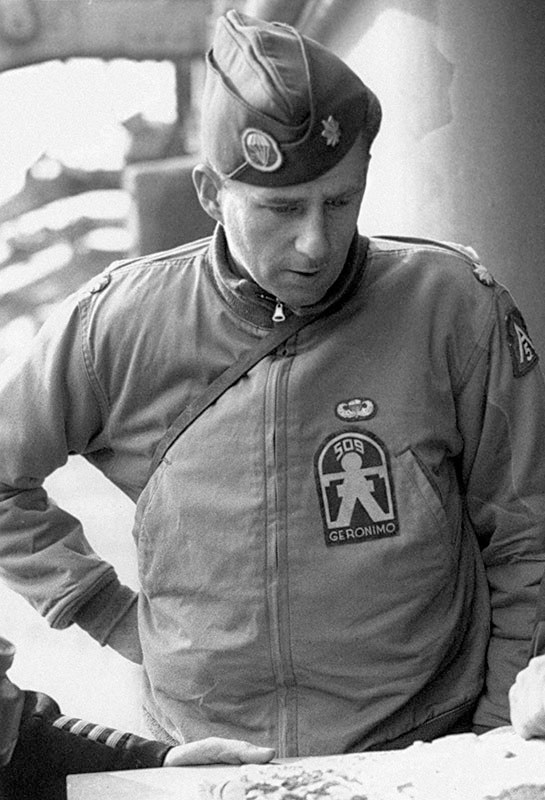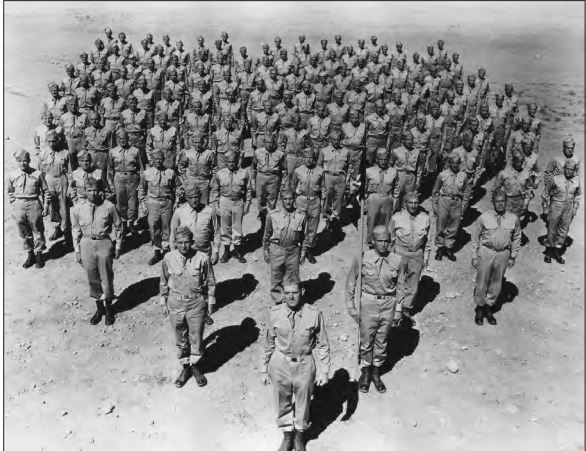On November 8th 1942, Operation Torch, which would become the first deployment of American paratroopers on the field, namely the 2nd Battalion, 509th PIR, in Tafaraoui, near Oran, in Algeria, started. General Eisenhower was in charge of the operation in itself. General Mark Clark was tasked to plan it to the best he could, and he worked on it with his airborne counsellor, a certain William P. Yarborough, who was one of the pioneers of the American airborne, and who had designed the jump boots, the badge and the M41 paratrooper uniform. In the night of the 7th, 556 paratroopers led by Lieutenant-colonel Edson Raff left for the longest combat flight of the history of American airborne troops: 39 C47 took off, without escort, from England, to cover the 2500km separating them from Algeria, crossing Spain, a country supposed to be neutral at the time. Their objective: seize the Tafaraoui and La Sénia airfields, near Oran. At the time, North Africa was still under Vichy’s control, and the Americans had no clear idea as to how the French troops would react. Above Spain, a violent wind separated the formation. At dawn, the planes scattered from Morocco to Oran. While the front planes began descending upon La Senia airfield, they were spotted and shot at by the DCA. Running out of fuel, 24 C47 crash landed on salted lake Sebkhra, near Oran, before being captured. Three C47 were shot by French combat planes ; four paratroopers and two pilots perished. Only 6 planes, including Edson Raff’s, managed to drop their paratroopers, south of Oran, after spotting an american armoured column headed to Sebkhra. Among the remaining planes, one landed in Gibraltar, on empty ; four landed in Spanish Sahara, where their crew and the paratroopers were made prisoners for 3 months ; three planes landed in Fez, Morocco, and were taken prisoners aswell, by Vichy forces this time ; finally, the last plane landed in the Atlas massif, in the desert, in front of a French fort held by the Foreign Legion, in Ksar es Souk. The operation’s results were obviously quite mixed. Despite the very light casualties and the effective taking of the airfields, it was not a military triumph for the airborne troops, who would still have to prove their utility during the next operations.





